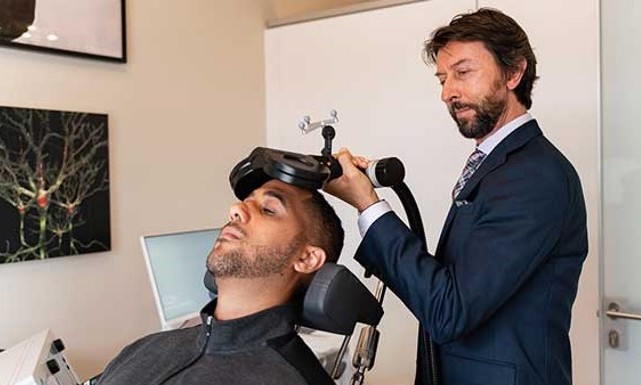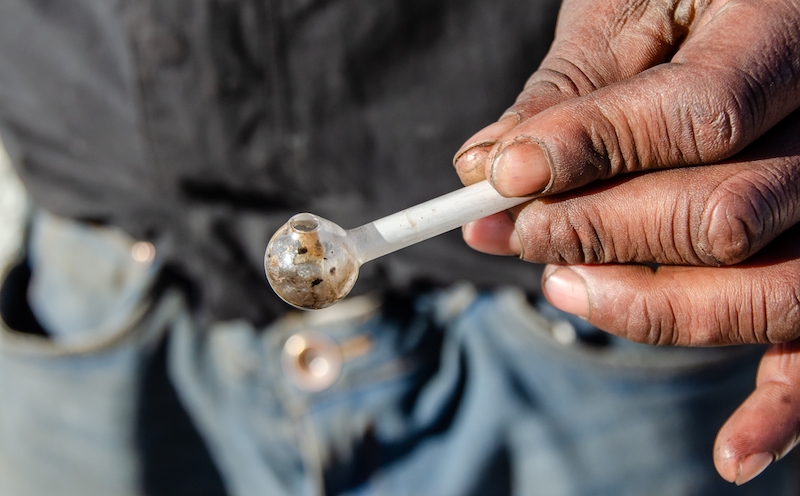A George Washington University study determined that a simple presidential order can do the trick
By Jason Langendorf
Many of the greatest barriers to access to methadone treatment can be removed or amended by presidential order, with no passage through Congress, a recent report from George Washington University found.

The report, funded by The Pew Charitable Trusts—an independent nonprofit, non-governmental organization with a stated mission of improving public policy—recommended several executive actions that can improve access to methadone, a Food and Drug Administration (FDA)-approved medication-assisted treatment (MAT) for opioid use disorder (OUD).
The number of overdose deaths in the U.S. reported over a 12-month period topped 100,000 for the first time in June 2021, and the figure has been rising dramatically since 2019. Of an estimated 1.6 million Americans who experienced OUD in 2019, only 400,000 received methadone as part of their addiction treatment, in part, according to The Pew Charitable Trusts, because federal regulations tightly limit who can access it and where.
“We know that methadone reduces overdose deaths,” says Sheri Doyle, senior manager of the substance use and treatment initiative at Pew Charitable Trusts. “Methadone reduces illicit opioid use and reduces the transmission of infectious diseases like hepatitis C and HIV. Unfortunately, it’s also incredibly restricted in terms of state and federal rules about where it can be taken, and how much a patient can take home. So this study really highlights opportunities to make this medication that we know is effective, that we know has demonstrated safety, that we know reduces overdose deaths and saves lives, more available to people who need it.”
Methadone Stigma
The stigma of methadone use is a reality many OUD patients live with and struggle against every day. They may face judgment from loved ones, colleagues, law enforcement and even caregivers. Those attitudes are often tied to current restrictions on methadone prescription, administration and use—most of them relics that haven’t been dusted off since they were instituted during the failed War on Drugs.
“Methadone is one of the most tightly restricted medications for opioid use disorder—restricted at both the federal and state levels.”
—Sheri Doyle
“The origin of methadone for opioid use disorder treatment relied on a more stringent set of rules,” says Doyle. “For example, having to have eyes on a patient every day. There are rules like that, that are rooted in stigma. Methadone is one of the most tightly restricted medications for opioid use disorder—restricted at both the federal and state levels. OTPs [opioid treatment programs], which are the only facilities that can provide methadone, have to have a separate special registration from the DEA [Drug Enforcement Administration] to offer methadone treatment.”
Beyond the paternalistic, punitive and racially biased nature of these (and other) regulations, a fact that too often gets overlooked by the public at large is this: Methadone works. According to the National Institute on Drug Abuse (NIDA):
“Patients on methadone had 33 percent fewer opioid-positive drug tests and were 4.44 times more likely to stay in treatment compared to controls. Methadone treatment significantly improves outcomes, even when provided in the absence of regular counseling services; long-term (beyond 6 months) outcomes are better in groups receiving methadone, regardless of the frequency of counseling received.”
The George Washington Study
Rather than nip at the edges of regulations, the George Washington study takes on the greatest barriers to methadone access head-on, and plots a path forward that the Biden administration could choose to follow right away, with no threat of pushback from the legislative branch:
Rather than settle for the continuation of the slightly relaxed methadone regulations enacted in an effort to skirt effects of the pandemic, the GW study and The Pew Charitable Trusts prescribe bold actions that would have an immediate effect on treatment access.
“Working through each group of regulations, this report explains the rules and how they function as barriers. Then, the report finds that in almost every instance, federal regulators have clear statutory authority to amend or remove these regulatory barriers to treatment.”
Rather than settle for the continuation of the slightly relaxed methadone regulations enacted in an effort to skirt effects of the pandemic, the GW study and The Pew Charitable Trusts prescribe bold actions that would have an immediate effect on treatment access and, in all likelihood, national overdose rates:
- Remove the current rule that potential methadone patients must be addicted to an opioid for at least one year prior to admission, undergo drug testing, be offered ancillary services such as counseling, and for many, pick up their medication daily.
- Allow methadone for OUD to be prescribed for pickup at a pharmacy, rather than only being dispensed at specialized OTPs.
- Change methadone from a Schedule II controlled substance to Schedule III, which would allow health practitioners to prescribe or dispense the medication for OUD without a special DEA or Substance Abuse and Mental Health Services Administration (SAMHSA) registration.
- Eliminate or streamline other lower-level barriers that make it more difficult and costly for OTPs to operate, therefore reducing methadone access.
“Methadone has been around since the 1970s, yet regulations have largely remained unchanged for a medication that we know works—and saves lives,” says Doyle. “In 2021, we surpassed 100,000 [annual] overdose deaths, and most of those—about three quarters—were related to opioids. So we’re at a point in this overdose crisis where we need to make sure that people are getting the treatment that they need, not restricting access to what we know is a gold standard and what we know saves lives.”
Top photo: Nick Fewings













